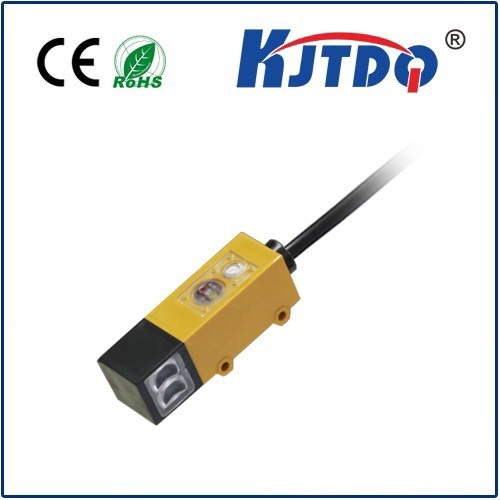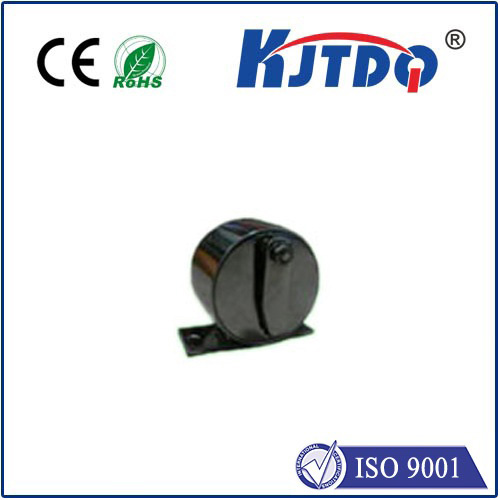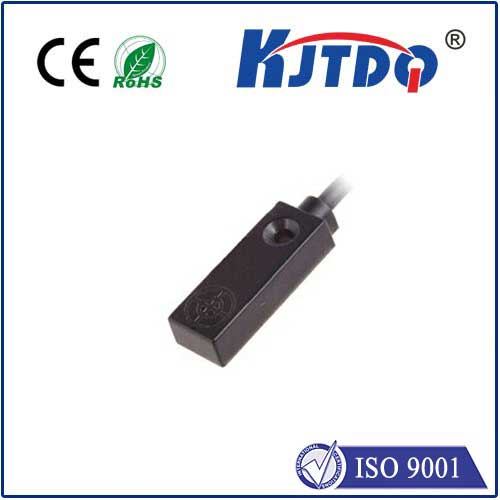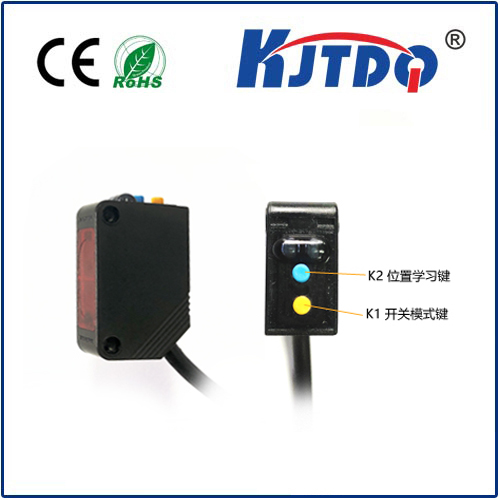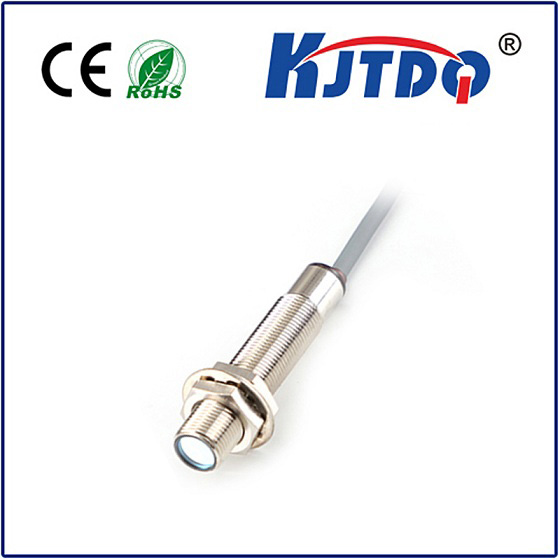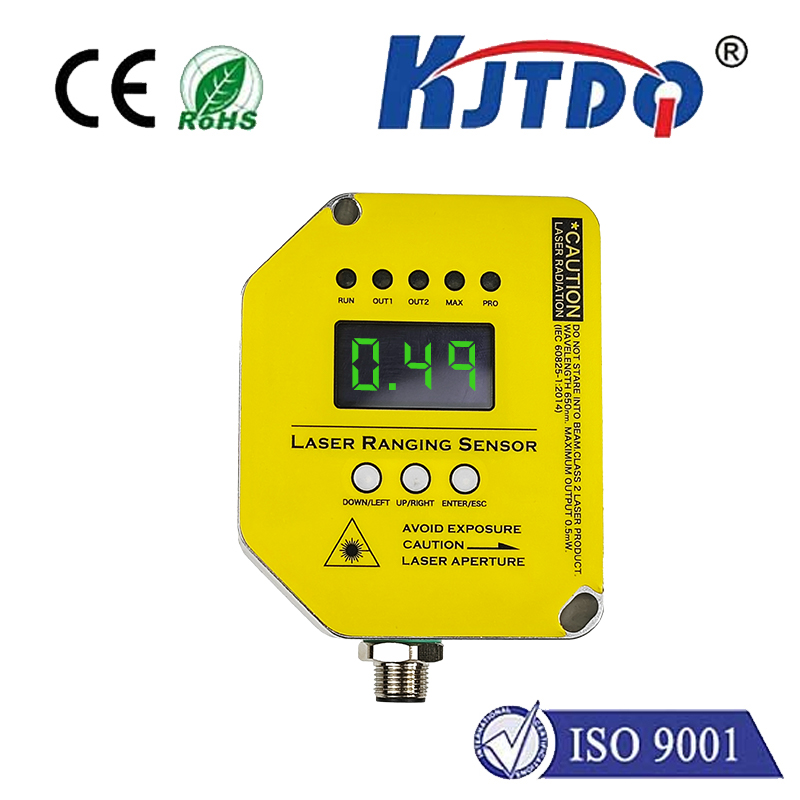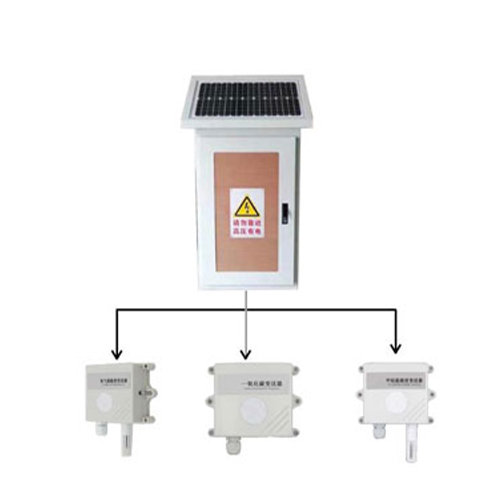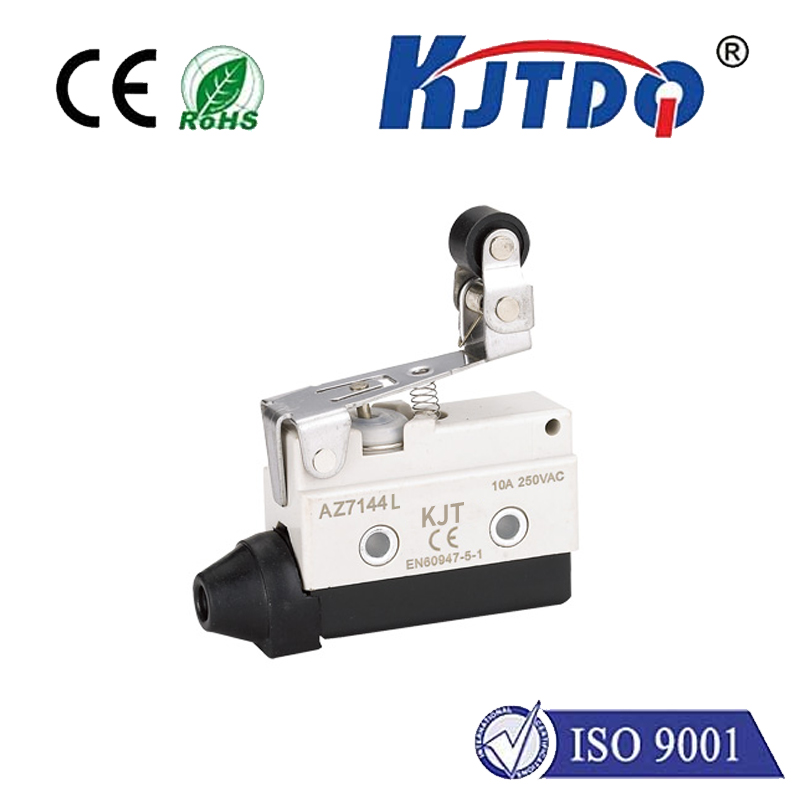BES01WP high pressure proximity sensor
- time:2025-09-30 14:18:41
- Click:0
BES01WP Demystified: Your Robust Solution for High-Pressure Object Detection
Imagine a critical hydraulic press hammering away, its immense force precisely controlled. Or a deep-sea drilling operation, where equipment faces crushing pressure thousands of feet below the surface. In these unforgiving environments, traditional sensors often fail. Knowing exactly where a component is positioned under such extreme conditions isn’t just convenient – it’s essential for safety, efficiency, and preventing catastrophic downtime. Enter the BES01WP High Pressure Proximity Sensor, a purpose-built workhorse engineered to thrive where others falter.
Understanding the Core: What is the BES01WP?
The BES01WP is fundamentally an inductive proximity sensor designed with one key differentiator: exceptional tolerance to high-pressure environments. Unlike standard proximity sensors that might deform, leak, or malfunction under pressure, the BES01WP incorporates robust construction techniques and specialized sealing to maintain reliable object detection. The “WP” suffix typically signifies Waterproof and Weatherproof qualities (often conforming to IP67 or IP68 standards), making it resilient against not just high pressure but also harsh weather, washdowns, and immersion. Its core function remains detecting the presence or absence of conductive metal targets without physical contact, using an electromagnetic field.
Why High Pressure Tolerance Matters: Beyond the Ordinary
Standard industrial sensors are adequate for countless applications. However, specific sectors demand more. Pressures reaching hundreds or even thousands of bar (common in hydraulic systems, oil & gas extraction, high-pressure die casting, or test rigs) create unique challenges:

- Mechanical Stress: Immense pressure can physically crush sensor housings or damage internal components.
- Seal Failure: Standard seals can extrude or leak under sustained high pressure, allowing fluids (oil, water, chemicals) to ingress, causing short circuits and failure.
- Signal Instability: Pressure fluctuations can alter the electrical characteristics of internal electronics or the sensing field, leading to unreliable switching.
- Environmental Corrosion: High-pressure environments often coincide with exposure to aggressive fluids, steam, or saltwater, accelerating corrosion.
The BES01WP addresses these challenges head-on. Its ruggedized housing, typically made from high-grade stainless steel (like V4A/316L), provides superior mechanical strength and corrosion resistance. Crucially, its specialized high-pressure sealing technology is engineered to withstand the constant barrage without compromising integrity, ensuring long-term reliability.
Key Features and Advantages of the BES01WP
- Exceptional Pressure Rating: The defining feature. Models like the BES01WP are specifically designed and tested to operate reliably in environments with pressures up to 500 bar (7250 psi) or higher, depending on the exact variant and housing size. This capability is critical for hydraulic machinery, test benches, and subsea equipment.
- Robust Construction: Durable stainless steel housings resist deformation and corrosion, ensuring longevity even in abrasive or chemically aggressive settings.
- High Ingress Protection (IP67/IP68/IP69K): The “WP” designation underscores its protection against dust ingress and water. IP68, for example, guarantees functionality even during prolonged immersion, vital for marine applications or high-pressure washdown stations.
- Reliable Inductive Sensing: Provides non-contact detection of metal targets (ferrous and non-ferrous, depending on variant), immune to dirt, oil, and other non-metallic contaminants that plague mechanical switches.
- Extended Temperature Range: Designed to perform consistently across a wide operating temperature range, often from -25°C to +85°C or beyond, accommodating hot processes or freezing environments.
- Electrical Flexibility: Commonly available with PNP or NPN output configurations, NO (Normally Open) or NC (Normally Closed) switching logic, and various voltage options (e.g., 10-30V DC), ensuring compatibility with diverse control systems. M8 or M12 connectors are typical for easy integration.
- Reduced Downtime & Maintenance: By surviving harsh conditions that kill lesser sensors, the BES01WP drastically cuts unscheduled stops and replacement costs, boosting overall equipment effectiveness (OEE).
Where the BES01WP Shines: Critical Applications
This sensor isn’t for the faint-hearted workshop. It finds its true calling in demanding sectors:
- Hydraulic Power Units & Cylinders: Monitoring piston position within cylinders under extreme operating pressures.
- Oil & Gas Exploration/Production: Downhole tools, blowout preventers (BOPs), Christmas tree valves, and pipeline monitoring where pressure tolerance is paramount.
- High-Pressure Die Casting (HPDC): Detecting mold closing positions or core pulls within massive machines generating immense clamping forces.
- Waterjet Cutting: Position sensing on intensifier pumps and cutting heads operating at ultra-high pressures (often 3000-6000 bar).
- Marine & Offshore: Thruster control, valve positioning on ROVs (Remotely Operated Vehicles), and deck machinery exposed to saltwater and high pressures.
- Test & Measurement Rigs: Monitoring component position during high-pressure fluid or burst testing.
- Chemical & Petrochemical Processing: Valves and pumps handling pressurized, potentially corrosive fluids.
- Heavy Mobile Equipment: Robust sensing on hydraulic excavators, forestry machinery, and presses.
Practical Considerations: Installing the BES01WP Effectively
Maximizing the sensor’s lifespan and performance requires attention to installation:
- Mounting: Ensure secure mounting using the designated method (e.g., threaded barrel). Avoid excessive torque that could distort the housing or compromise seals. Use appropriate lock nuts to prevent vibration loosening.
- Target Material & Size: Verify the sensor is suitable for the target metal (steel, aluminum, brass) and ensure the target is large enough to trigger the specified sensing range reliably. Refer to the manufacturer’s datasheet.
- Sensing Distance: Be aware of the nominal sensing distance (Sn). Remember that this distance can be slightly reduced when installed in metal due to the influence of surrounding metal (“mounting flush”). Non-flush mounting reduces the effective sensing range further.
- Environment: While tough, avoid mounting directly in high-velocity fluid jets if possible, as this can accelerate wear. Ensure cabling is also rated for the environment (oil-resistant, high-pressure connectors).
- Electrical Connection: Use the correct connector and wire according to specifications. Pay attention to polarity for PNP/NPN outputs. Implement proper shielding in electrically noisy environments.
- Pressure Rating: Crucially, ensure the specific BES01WP model’s pressure rating exceeds the maximum operating pressure it will experience in your application. Never operate beyond its specified limits.
The Competitive Edge: Why Choose a Sensor Like the BES01WP?
For applications operating under significant pressure, opting for a standard proximity sensor is a gamble. The initial lower cost is quickly negated by:
- Frequent Failures: Leading to unpredictable downtime and production losses.
- Safety Risks: Sensor failure in critical pressure systems can have severe consequences.
- High Replacement Costs: Constantly buying and replacing cheaper sensors adds up.
- Maintenance Burden: Increased time and labor spent on troubleshooting and repairs.
The BES01WP high pressure proximity sensor, with its engineered resilience, provides long-term operational stability and peace of mind. It transforms a potential vulnerability into a dependable point of control, enabling precise automation even in the most extreme industrial landscapes. Investing in this level of robustness is not just buying a sensor; it’s investing in continuous, reliable, and safe production.






